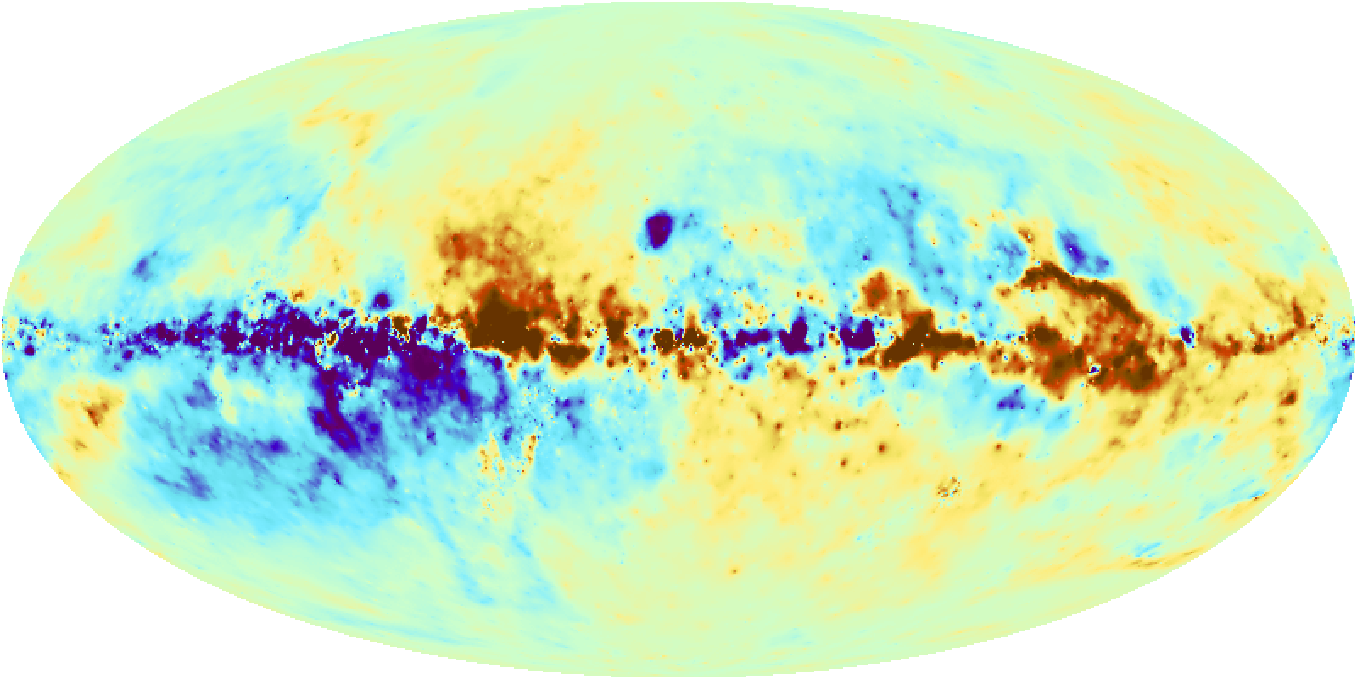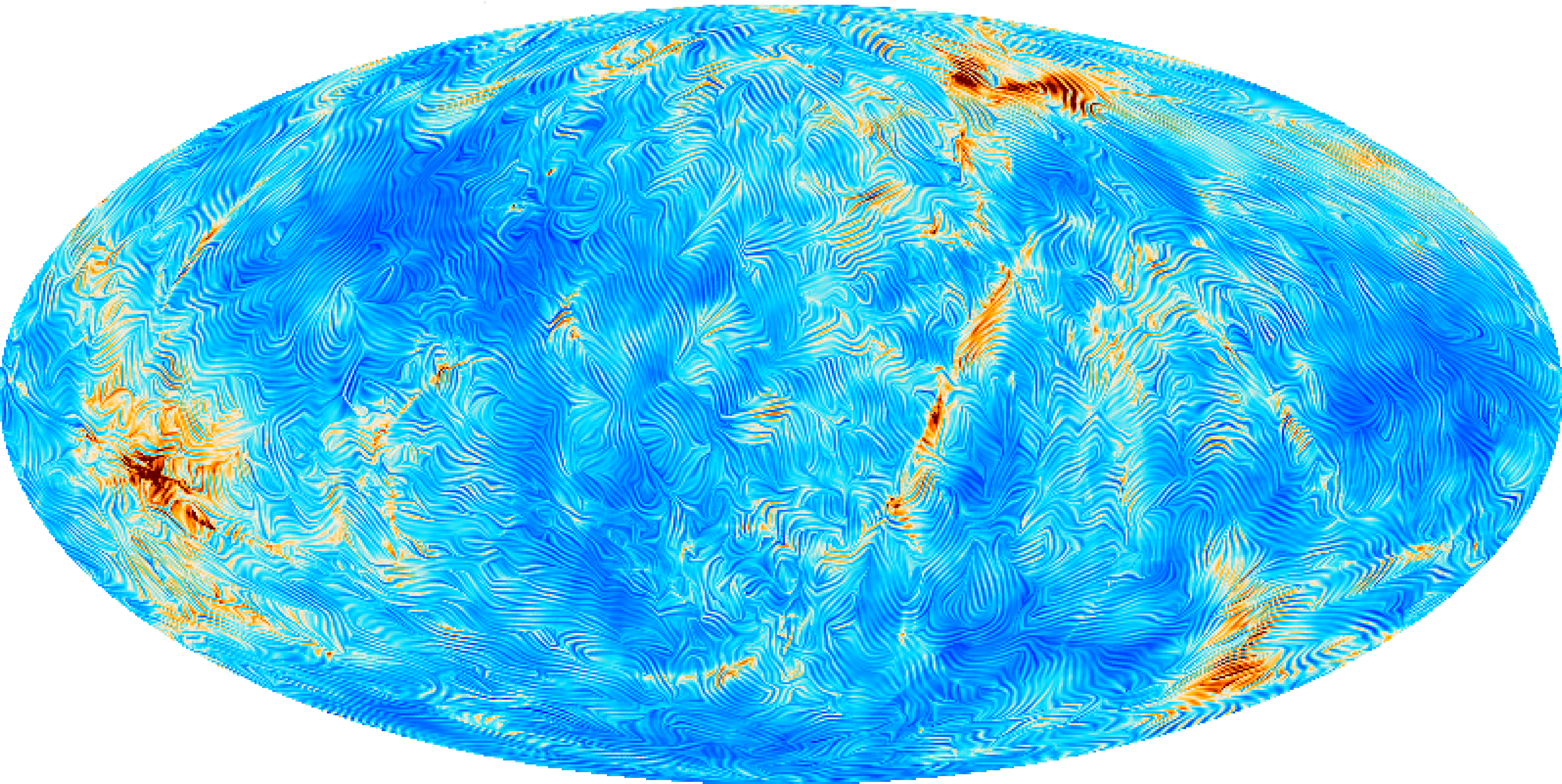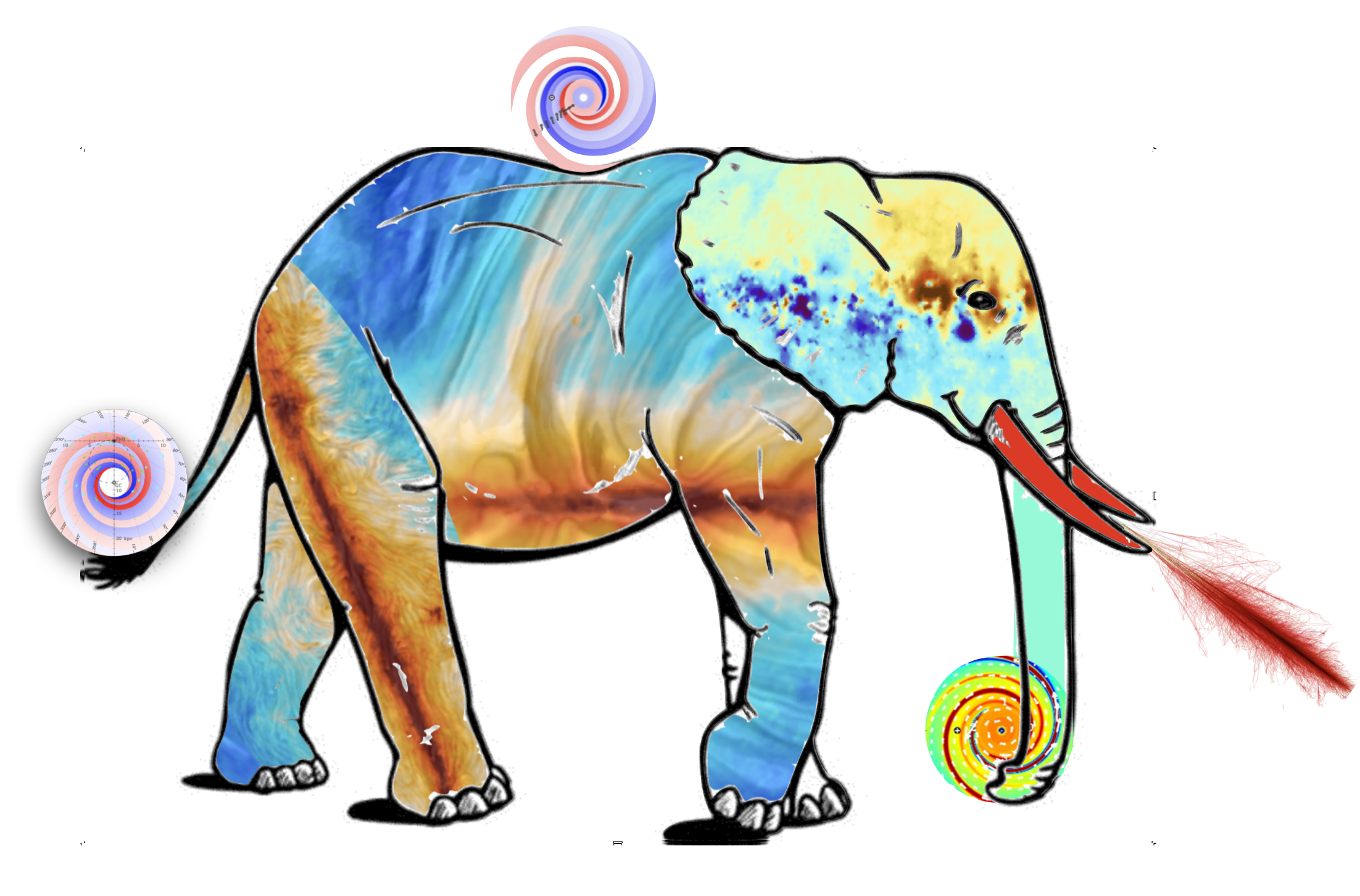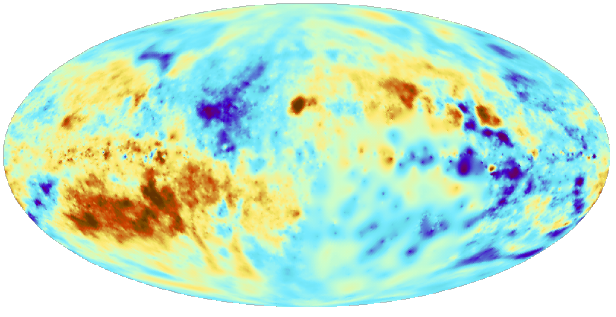Sebastian Hutschenreuter
Astrophysicist
I am a PostDoc at the Vienna Observatory in the group of João Alves. My research is focussed on mapping and understanding the Milky Way in its many facets.
In particular, I am interested in the Galactic magnetic field and observables related to it, such as Faraday rotation, synchrotron radiation and dust polarisation.
As a consequence of the close entanglement of the different components of the interstellar medium (ISM), my work also investigates the dynamics and the three-dimensional structure of gas and ionized matter.
To constrain all these quantities, I employ large scale Bayesian inference engines which allow me to combine various data sets and to disentangle the physical quantities encoded in them.
Apart from my main research field in Galactic ISM studies, I also have worked in cosmology with a focus on primordial magnetic fields.
I have started my career with a Master's degree in Physics at the Universities of Munich (LMU) and Copenhagen, before pursuing a PhD at the Max Planck Institute for Astrophysics in Garching under the supervision of Torsten Enßlin.
I have then worked with Marijke Haverkorn in the Galactic Ecosystem group at the Radboud University Nijmegen in the Netherlands, before moving to Vienna be part of the ISM-FLOW project, with the goal to map the 3D motion of the nearby ISM.









